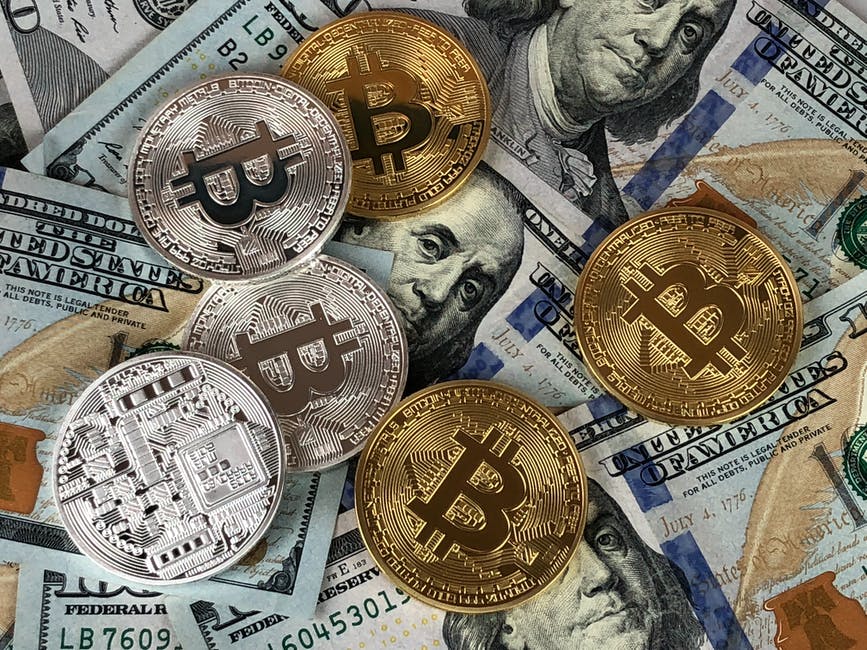
Most people describe Bitcoin as a digital or virtual currency, meaning it doesn't exist in a physical form like traditional coins. Satoshi Nakamoto, a pseudonymous entity, created and introduced this electronic currency in 2009. Initially, Satoshi presented a white paper with the ideas that this cryptocurrency follows.
Nevertheless, Bitcoin promises lower transaction costs than fiat money. Also, a decentralized authority operates it, which is not the case with government-issued currencies. The use of cryptography to enhance security makes Bitcoin a cryptocurrency. Since it doesn't exist physically, people keep balances on a public ledger, meaning it's transparent and accessible to everyone in the network.
People called miners use massive computing power to verify Bitcoin transactions through the mining process. No government or bank issues or backs Bitcoin. Bitcoin is not a legal tender in many countries yet. However, it's a popular digital currency that has sparked the creation of other cryptocurrencies. Nevertheless, Bitcoin is the most prominent virtual currency with many users globally.
Why is Bitcoin a Currency?
Many people buy Bitcoins on platforms like ethereum trader. Also called crypto exchanges, such platforms allow people to purchase this virtual currency with fiat money like the U.S dollar. Upon buying Bitcoins, people can use them in daily transactions in outlets that accept cryptocurrencies. But why is Bitcoin a currency?
Arguably, Bitcoin is a currency because of what people can do with it rather than what they consider it. While this virtual currency lacks an intrinsic value, it has a billion-dollar market. It represents the evolution of fiat currency, which had happened since humans used shells and stones as payment methods.
Technically, Bitcoin is a random set of numbers, not particularly complex or encrypted. The link to individual signatures proves the ownership of the tokens. And parties can transfer this ownership using digital wallets.
People can mine Bitcoins or buy second-hand tokens on crypto exchanges. The Bitcoin mining process entails solving complex math problems that the open-source consortium members pose. When a person solves a problem, they join a pool that gets specific coins. Solving a math problem requires massive computing power and doesn't guarantee that a person will get the tokens. However, it enters them into a lottery, giving them a winning chance.
What Gives Bitcoin Value as a Currency?
Value is arguably subjective. The random Bitcoin numbers are worth nothing. But this is also the case for gold if nobody is willing to pay for it. Bitcoin was initially worth pennies. However, speculators saw the potential of this virtual currency and bid up its value to up to $290.
Today, the overall value of the circulating Bitcoins is around $1 billion. While this amount is a tiny fraction of all currencies globally, it's a sizable figure. Individuals, government accounts, and bank credits dominate more money. The International Monetary Fund estimates the cash held by these entities to be about $150 trillion.
Bitcoin became a currency when people started exchanging it for fiat currencies like the U.S dollar and paying for items and services with it. Laszlo Hanyecz bought two pizzas with Bitcoin in 2010, proving that it was a currency.
Since then, the total value of this virtual currency has increased by almost 500%. Several local and online businesses now accept Bitcoin payments. Nevertheless, some economists see Bitcoin as a potential bubble, arguing it will pop once speculators lose interest in trading this virtual currency. What's more, Bitcoin has limited usage because not everybody has confidence in it. Nevertheless, its popularity as an investment and a digitally tradable commodity are increasing globally.
* This is a contributed article and this content does not necessarily represent the views of techtimes.com









